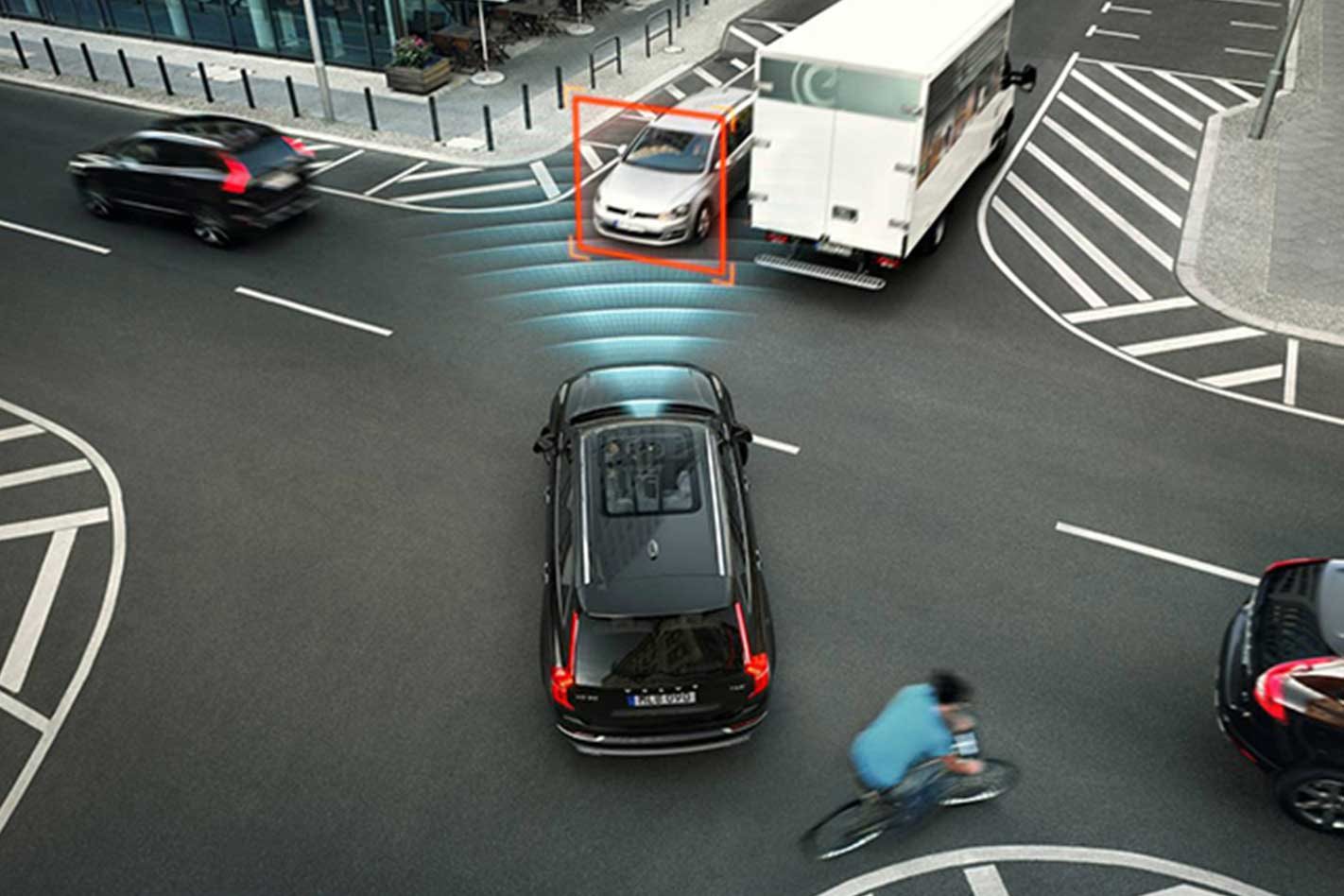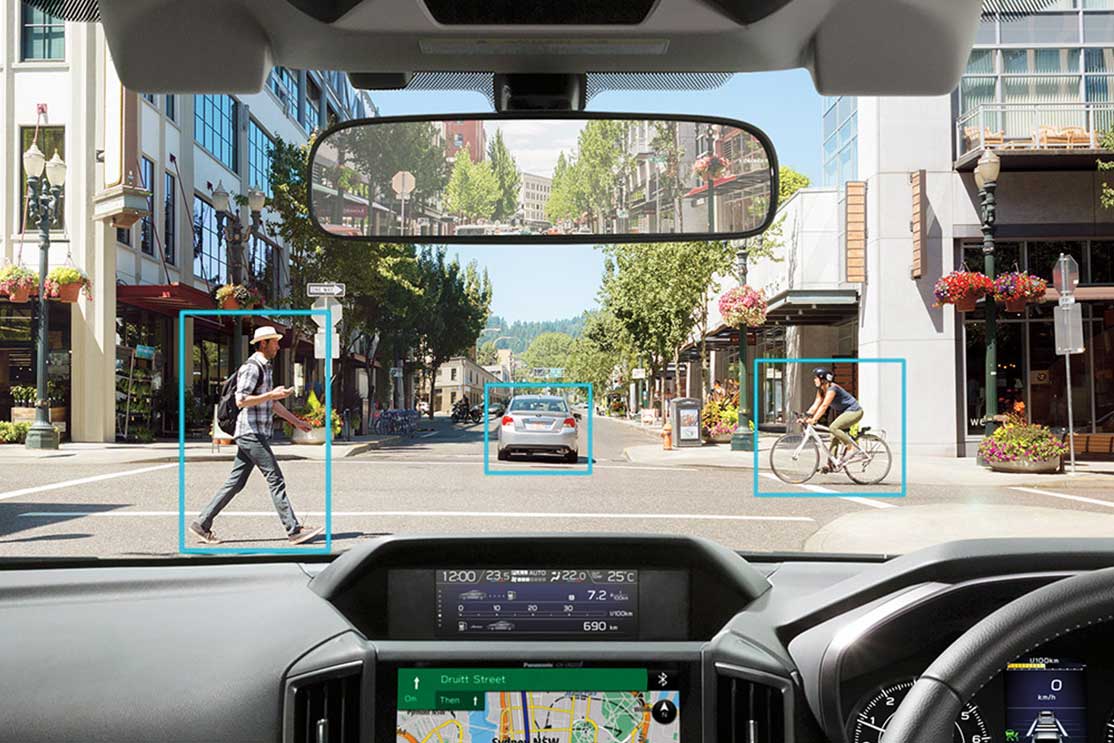
Autonomous Emergency Braking (AEB) is a form of automatic braking which stops your car if it senses you’re about to hit an object such as a vehicle stopped in front or in some cases people or cyclists on the road.
AEB has become more common across manufacturers as standard, or optional equipment as part of a wider safety package.
While it’s an excellent idea to buy a car with AEB it’s important to know that there are different kinds of systems with various capabilities.
For example, some systems will only slow the car to reduce the impact of a crash – look for words like ‘collision mitigation’ which only lessen the severity of an unavoidable accident rather than avoid an impact outright. Others are only effective up to lower speeds and often referred to as low speed or city braking.
When considering a car it’s important to check with the dealer or manufacturer to see what system it has, as this can vary between models and variants.
There are three main categories of autonomous emergency braking systems.
City Speed systems
These target city driving where crashes often occur at lower speeds but can cause debilitating injury such as whiplash. Typically, these systems look for the reflectivity of other vehicles and are not as sensitive to pedestrians or roadside objects.
Such systems use a laser sensor (usually mounted in the top of the windscreen) to detect obstacles. Because the laser’s range is limited there is less warning meaning it’s only effective at lower speeds and in some cases will lessen impact rather than come to complete stop. Depending on the system the maximum effective speed can be anywhere between 40 and 80km/h.
A disadvantage of laser sensors is they can be hindered by atmospheric conditions such as rain or fog.

Highway Speed systems
These typically utilise long-range radar to scan further ahead of the vehicle (up to 200 metres) which allows for higher closing speeds. Another advantage of radar is it is less susceptible to interference from atmospheric conditions that can interfere with lasers.
Other systems, such as Subaru EyeSight, use a pair of stereoscopic cameras at the top of the windscreen and some sophisticated software to generate a three-dimensional picture of what’s on the road ahead of the car. The cameras can also detect smaller objects like people or when the car is straying out of its lane.
However, the cameras can be adversely affected by harsh weather or light conditions (such as when driving directly into the sun), wet roads or even a dirty windscreen in front of the lenses.

Pedestrian and cyclist detection systems
These versions use a camera(s) combined with radar to detect vulnerable road users through their shape and characteristics. The way in which pedestrians move relative to the path of the vehicle is calculated to determine whether they are in danger of being struck. Some high-end systems can work at speeds up to 210km/h and bring the car to a complete stop.
Reverse AEB
This works to prevent parking bingles by detecting an obstacle that you might not see, using the sensors that are used for the audible warnings to operate the brakes. It’s also good for preventing a minor collision should you accidentally put your foot on the accelerator while in reverse. Some vehicles use the same technology to prevent front-on parking mishaps.
Brand confusion
It can be difficult to know which models are fitted with AEB as each manufacturer has different, often confusing, names for the technology such as Audi’s ‘Pre Sense Plus or Volvo’s City Safety. So be sure to consult your car dealer or manufacturer for their systems work and which equipment is fitted in the model or variant of vehicle that you are considering.
Even with the most advanced AEB systems, nothing prevents a collision more than the Mk1 Eyeball so it’s important to treat the technology as a system of last resort rather than a substitute for being alert.




